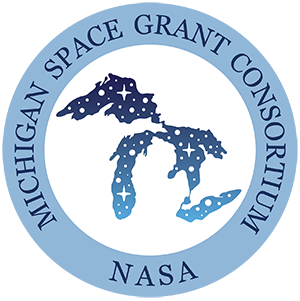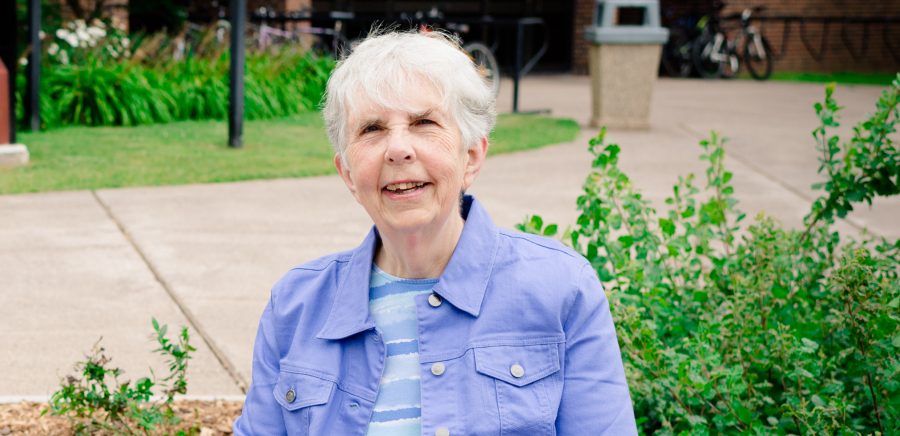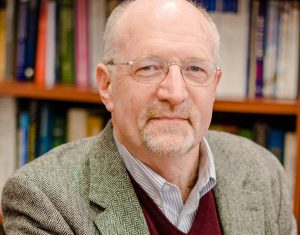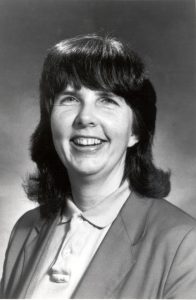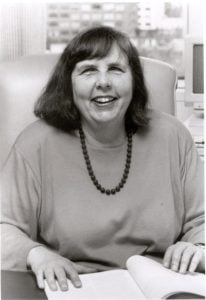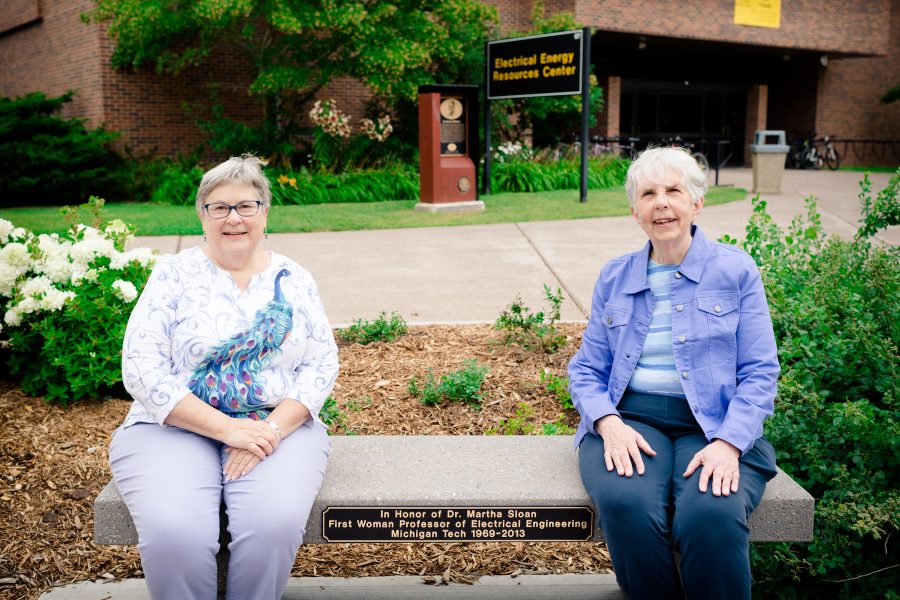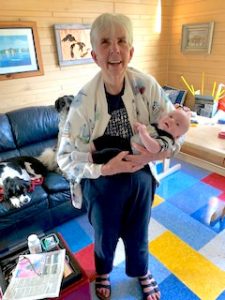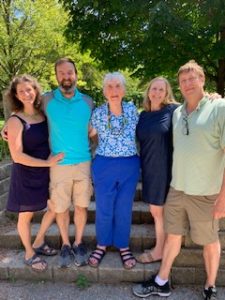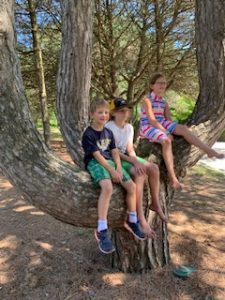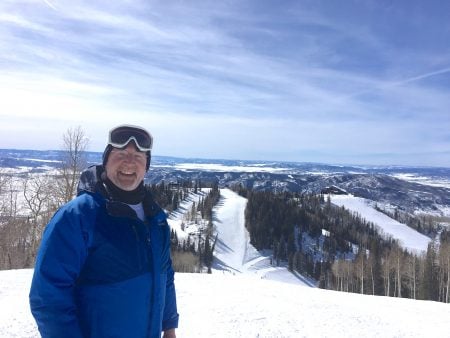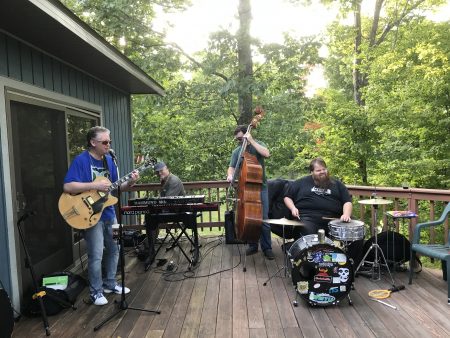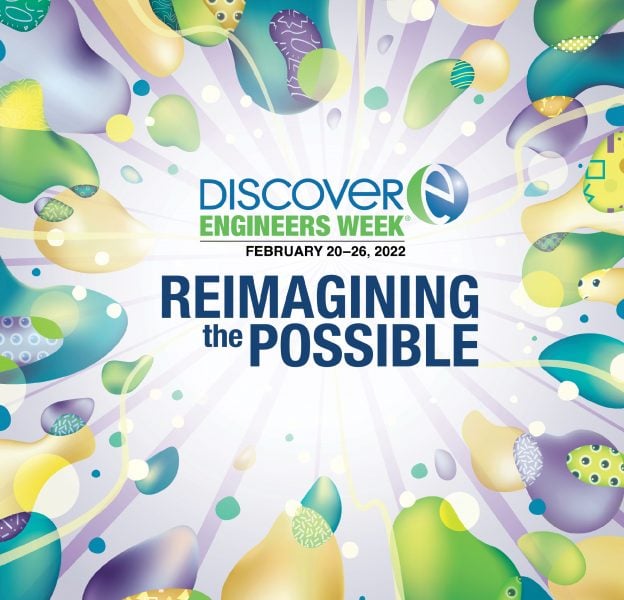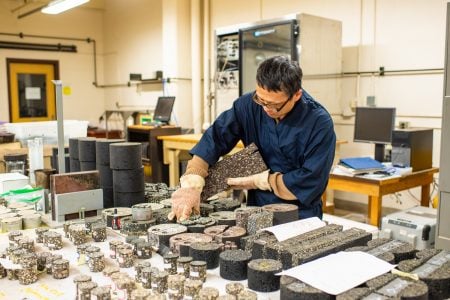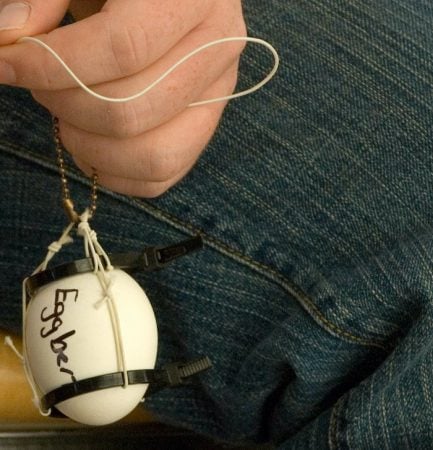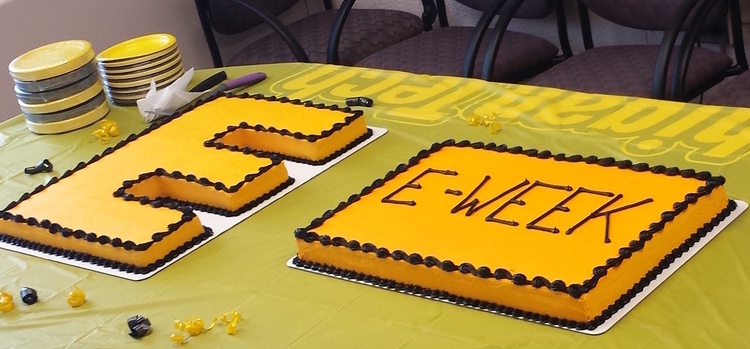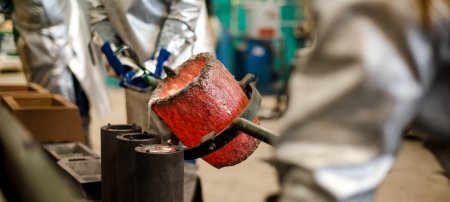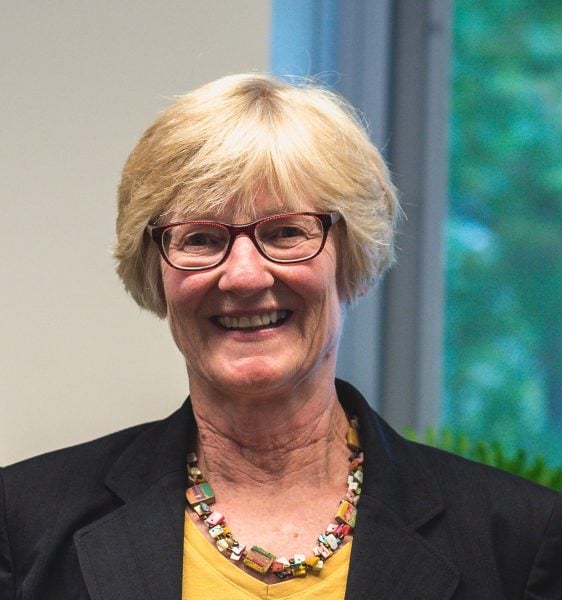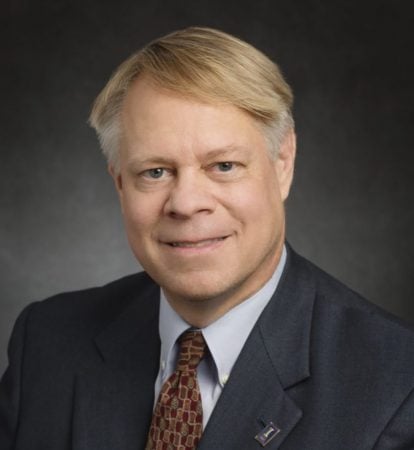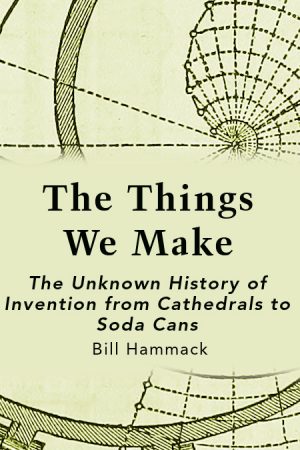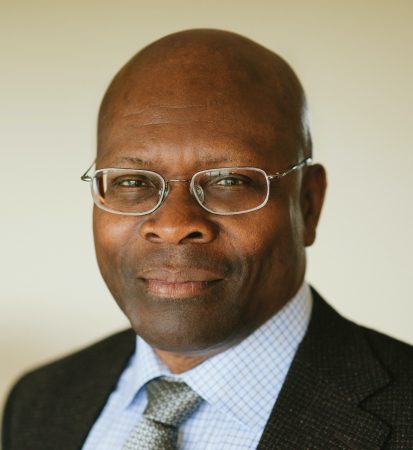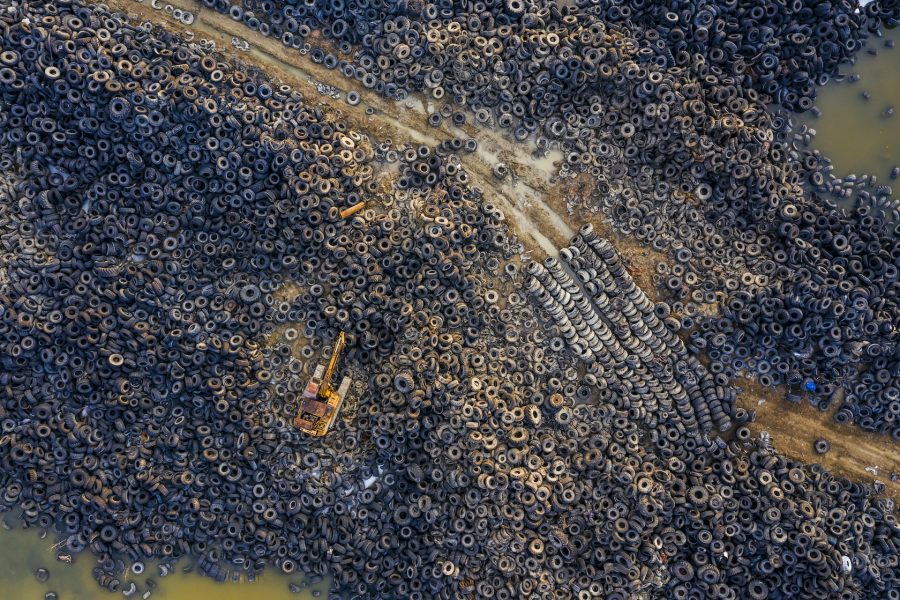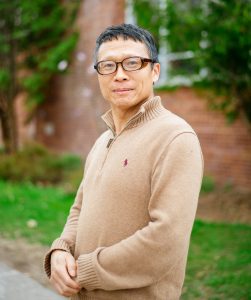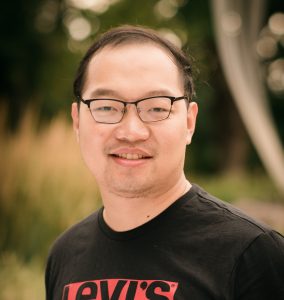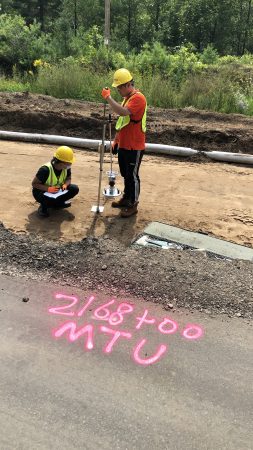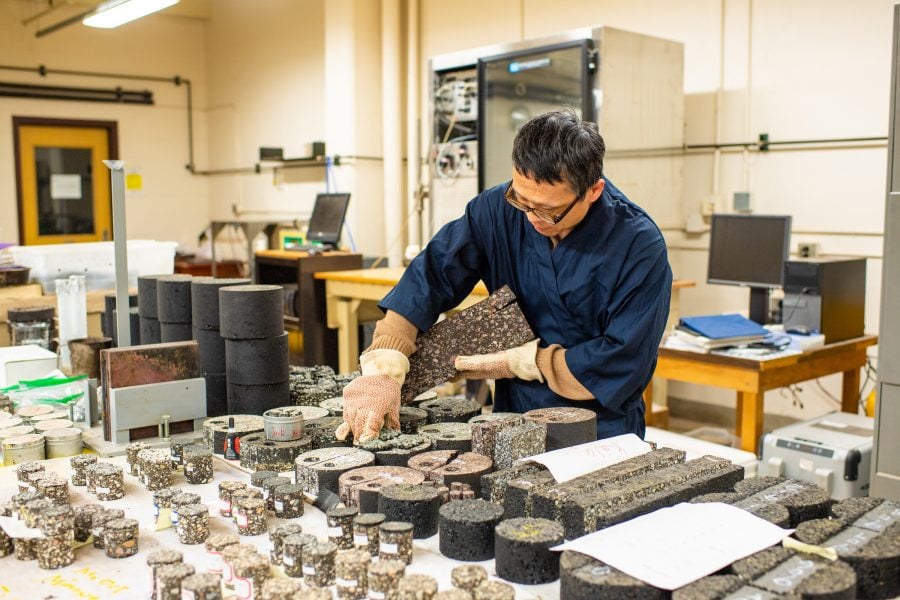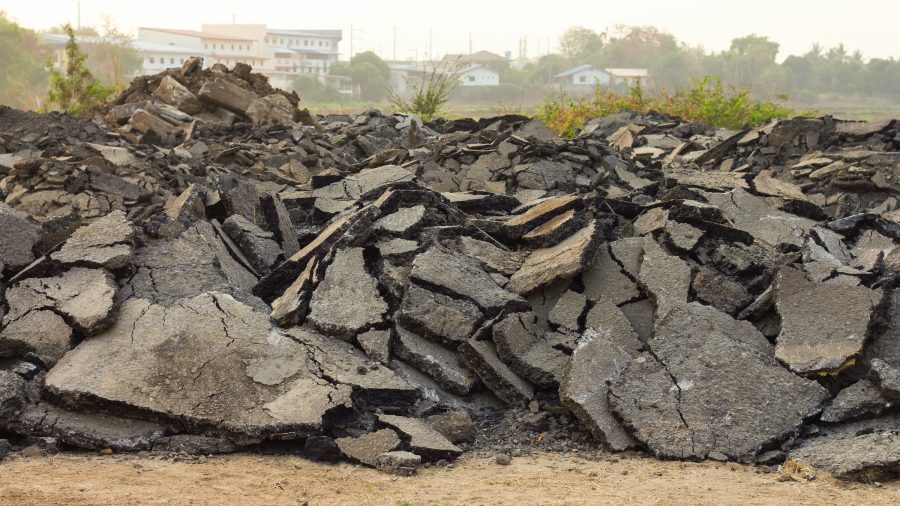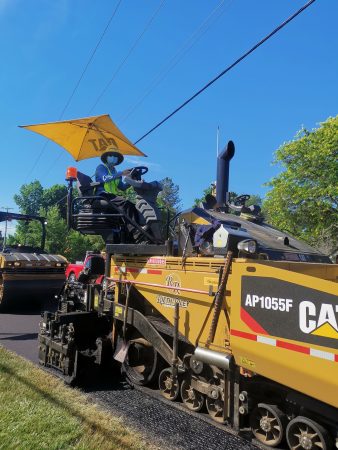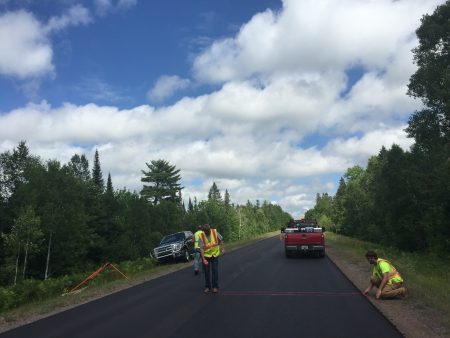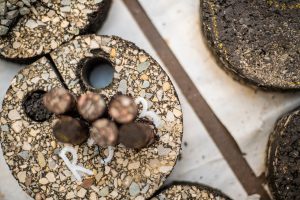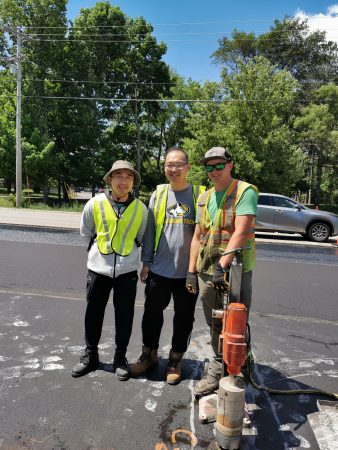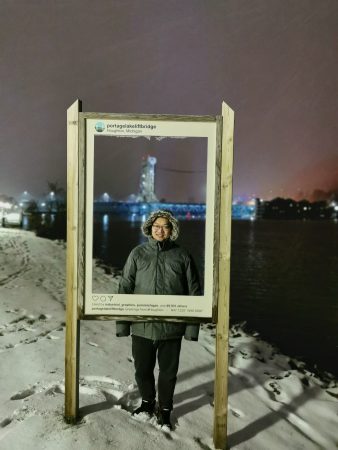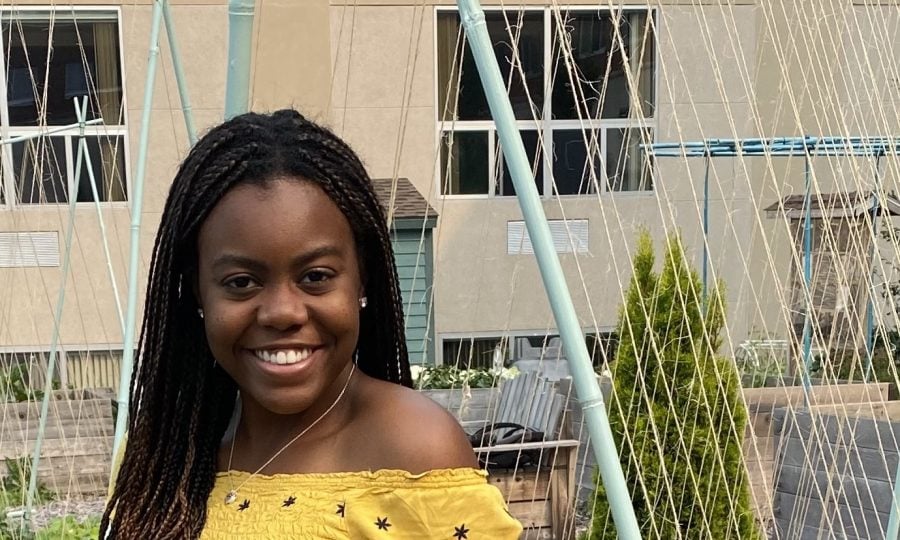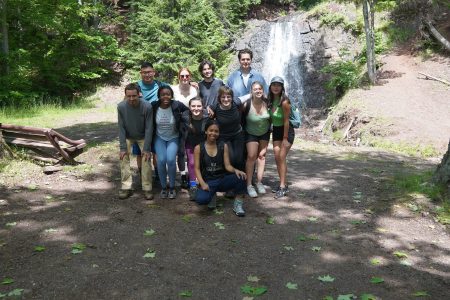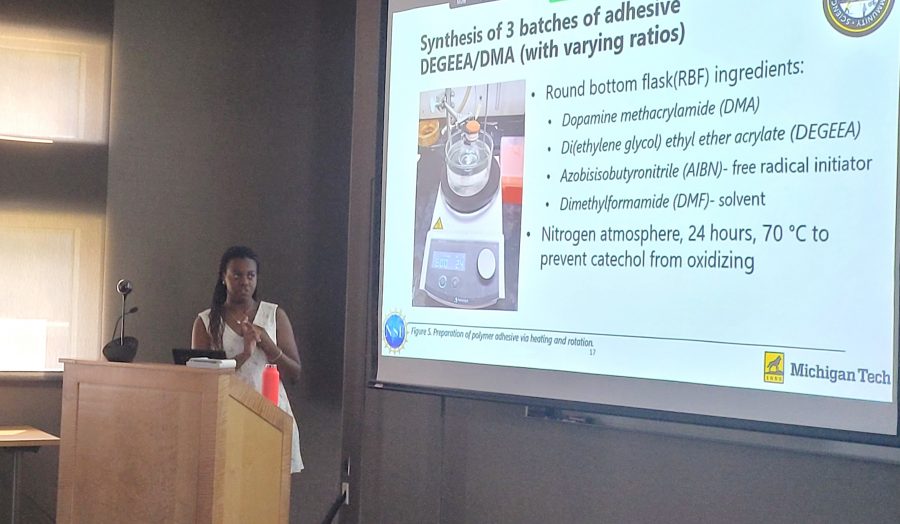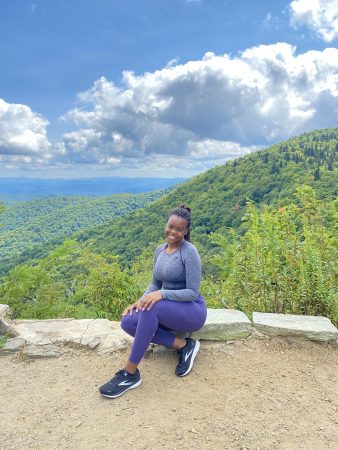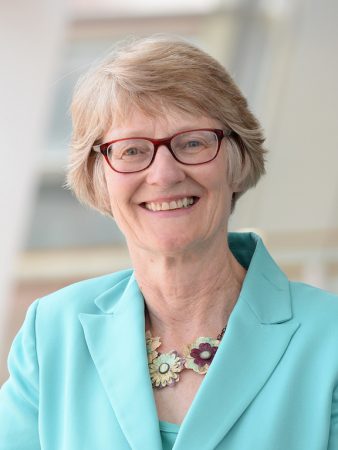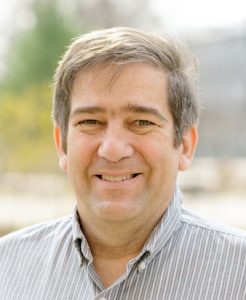
Dean Janet Callahan has selected Timothy Eisele, associate professor in the Department of Chemical Engineering, as our seventh 2022 Deans’ Teaching Showcase member.
Eisele will be recognized at an end-of-term event with other showcase members and is also a candidate for the CTL Instructional Award Series.
Eisele was selected for his record of engaging students in the classroom through hands-on experiential learning and relating material to real-world examples and his own research.
Among the variety of classes taught by Eisele are courses focused on the extraction of metal ions from fluids. While these align with his research expertise, available textbooks often don’t include the latest research in the field. Eisele fills that gap by working continuously to improve his class notes and handouts each year. He also develops unique in-class demonstrations and laboratories that elucidate these current topics. His priority is to make these accessible and connected to his students’ world. For example, in Hydrometallurgy/Pyrometallurgy, there is a copper electrowinning experiment students are able to conduct entirely at home. Eisele’s philosophy focuses on helping students develop a deep understanding of the subject material, so they can internalize what they are learning and remain engaged.
Callahan especially appreciates this ability to find and do science outside of the lab. “Dr. Eisele finds experiments to do — even in his own backyard,” she notes. “I recently had him as a guest for Michigan Tech’s Zoom webinar series, Husky Bites, where he relayed how he has developed a way to extract manganese and iron by using naturally occurring anaerobic iron-dissolving organisms.”
Chemical Engineering chair Pradeep Agrawal highlighted two other distinguishing features of Eisele’s teaching: his passion and genuine concern for engaging students. “The students readily sense his enthusiasm for the subject matter and his desire to engage them with the material,” writes Agrawal, who emphasizes that Eisele’s willingness to take time to relate class topics to the real world — while also respecting the parameters of being a student in today’s pandemic context — helps students as they master difficult topics.
“Active learning, enthusiasm for the subject, clear explanations and a strongly organized course are descriptors that align with Eisele’s approach to teaching,” summarized Callahan. “It is a pleasure to nominate Dr. Eisele for the Dean’s Teaching Showcase.”
